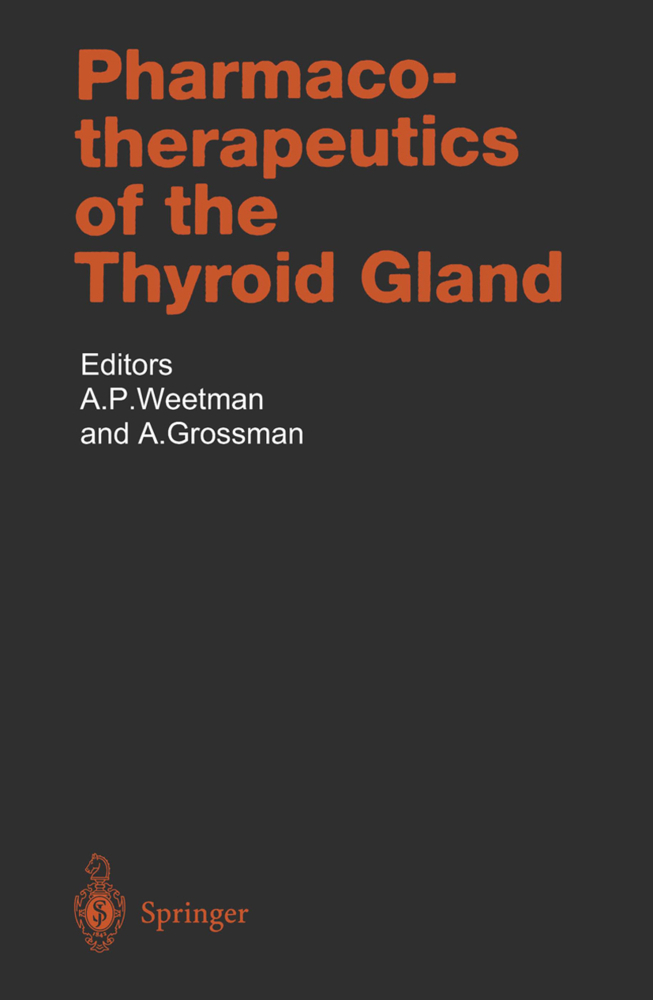Retinoids
The Biochemical and Molecular Basis of Vitamin A and Retinoid Action
Retinoids
The Biochemical and Molecular Basis of Vitamin A and Retinoid Action
In the future' the decade of the 1990s will likely be viewed as a Golden Age for retinoid research. There have been unprecedented research gains in the understanding of retinoid actions and physiology; since the retinoid nuclear receptors were first identified and the importance of retinoic acid in develop mental processes was first broadly recognized in the late 1980s. Between then and now, our knowledge of retinoid action has evolved from one of a near complete lack of understanding of how retinoids act within cells to one of sophisticated understanding of the molecular processes through which retinoids modulate transcription. In this volume, we have tried to provide a comprehensive update of the present understanding of retinoid actions, with an emphasis on re cent advances. The initial chapters of the volume, or Section A, focus on the physicochemical properties and metabolism of naturally occurring retinoids: - N OY provides an uncommonly encountered view of retinoid effects from the perspective of the physiochemical properties of retinoids. - V AKIANI and BUCK lend a perspective on the biological occurrence and actions of retro- and anhydro-retinoids. Section B considers both the retinoid nuclear receptors and their mechanisms of action as well as synthetic retinoids that have been used exper imentally to provide mechanistic insights into receptor actions and have potential therapeutic use for treating disease: - PIEDRAFITA and PFAHL provide a comprehensive review of retinoid nuclear receptor biochemistry and molecular biology.
2 Biosynthesis, Absorption, Metabolism and Transport of Retinoids
3 Retro-Retinoids: Metabolism and Action
4 Retinoic Acid Synthesis and Metabolism
Section B: Binding Proteins and Nuclear Receptors
5 Nuclear Retinoid Receptors and Mechanisms of Action
6 RAR-Selective Ligands: Receptor Subtype and Function Selectivity
7 RXR-Speeific Agonists and Modulators: A New Retinoid Pharmacology
Section C: Differentiation, Proliferation, and Cancer
8 Growth Control by Retinoids: Regulation of Cell Cycle Progression and Apoptosis
9 Retinoids and Differentiation of Normal and Malignant Hematopoietic Cells
10 The Retinoids: Cancer Therapy and Prevention Mechanisms
11 Aberrant Expression and Function of Retinoid Receptors in Cancer
Section D: Development and Teratogenesis
12 Genetic and Molecular Approaches to Understanding the Role of Retinoids in Mammalian Spermatogenesis
13 The Role of Retinoids in Vertebrate Limb Morphogenesis: Integration of Retinoid- and Cytokine-Mediated Signal Transduction
14 Retinoids in Neural Development
15 Avian Embryo as Model for Retinoid Function in Early Development
16 Retinoid Receptors, Their Ligands, and Teratogenesis: Synergy and Specificity of Effects
Section E: Skin
17 Vitamin A Homeostasis in Human Epidermis: Native Retinoid Composition and Metabolism
18 New Concepts for Delivery of Topical Retinoid Activity to Human Skin
19 Retinoid Receptor-Selective Agonists and Their Action in Skin
Section F: Special Effects
20 Retinoids in Mammalian Vision
21 Retinoids and Immunity.
Section A: Metabolism, Pharmocokinetics and Action of Retinoids
1 Physical-Chemical Properties and Action of Retinoids2 Biosynthesis, Absorption, Metabolism and Transport of Retinoids
3 Retro-Retinoids: Metabolism and Action
4 Retinoic Acid Synthesis and Metabolism
Section B: Binding Proteins and Nuclear Receptors
5 Nuclear Retinoid Receptors and Mechanisms of Action
6 RAR-Selective Ligands: Receptor Subtype and Function Selectivity
7 RXR-Speeific Agonists and Modulators: A New Retinoid Pharmacology
Section C: Differentiation, Proliferation, and Cancer
8 Growth Control by Retinoids: Regulation of Cell Cycle Progression and Apoptosis
9 Retinoids and Differentiation of Normal and Malignant Hematopoietic Cells
10 The Retinoids: Cancer Therapy and Prevention Mechanisms
11 Aberrant Expression and Function of Retinoid Receptors in Cancer
Section D: Development and Teratogenesis
12 Genetic and Molecular Approaches to Understanding the Role of Retinoids in Mammalian Spermatogenesis
13 The Role of Retinoids in Vertebrate Limb Morphogenesis: Integration of Retinoid- and Cytokine-Mediated Signal Transduction
14 Retinoids in Neural Development
15 Avian Embryo as Model for Retinoid Function in Early Development
16 Retinoid Receptors, Their Ligands, and Teratogenesis: Synergy and Specificity of Effects
Section E: Skin
17 Vitamin A Homeostasis in Human Epidermis: Native Retinoid Composition and Metabolism
18 New Concepts for Delivery of Topical Retinoid Activity to Human Skin
19 Retinoid Receptor-Selective Agonists and Their Action in Skin
Section F: Special Effects
20 Retinoids in Mammalian Vision
21 Retinoids and Immunity.
| ISBN | 9783642636141 |
|---|---|
| Artikelnummer | 9783642636141 |
| Medientyp | Buch |
| Copyrightjahr | 2012 |
| Verlag | Springer, Berlin |
| Umfang | 619 Seiten |
| Abbildungen | XXVIII, 619 p. 79 illus., 6 illus. in color. |
| Sprache | Englisch |











